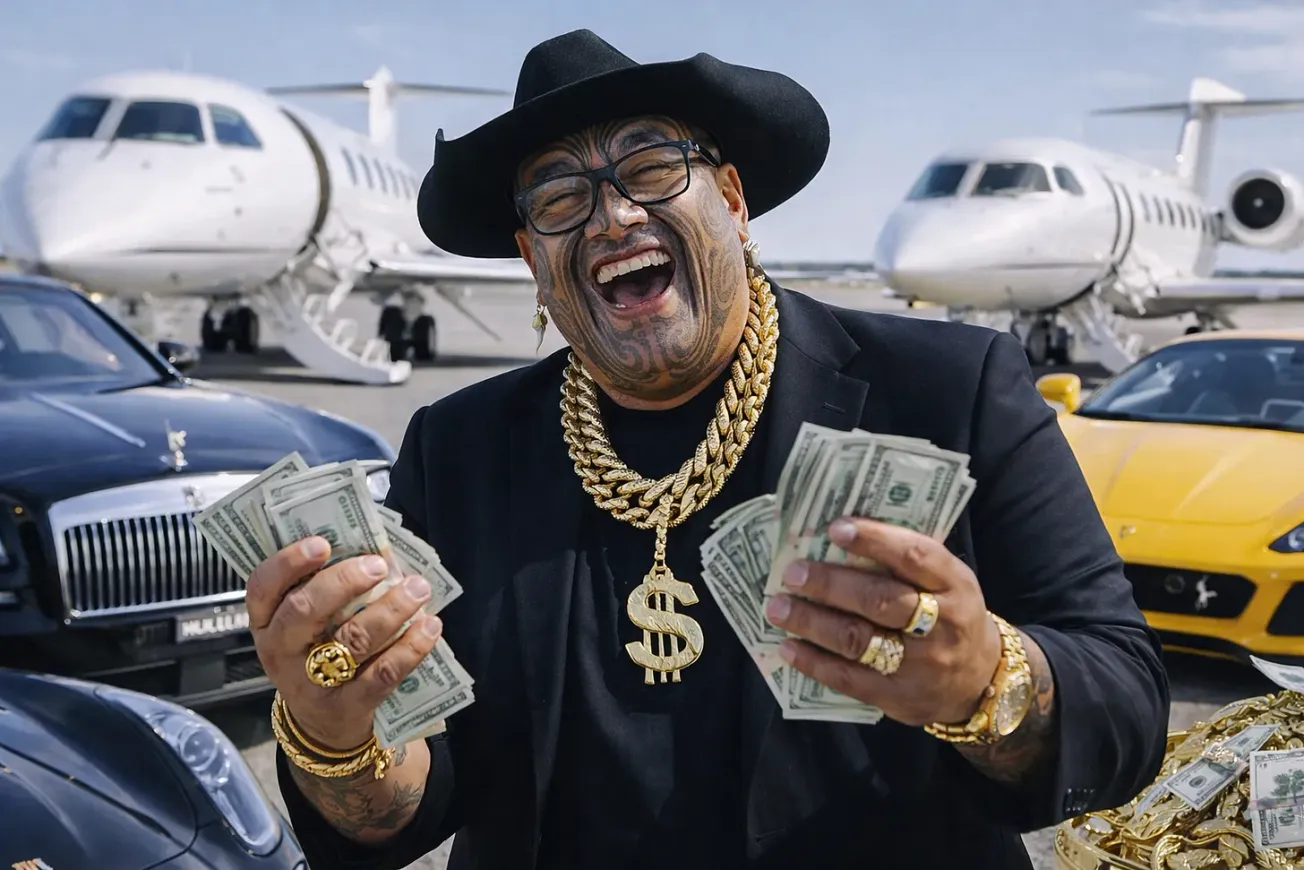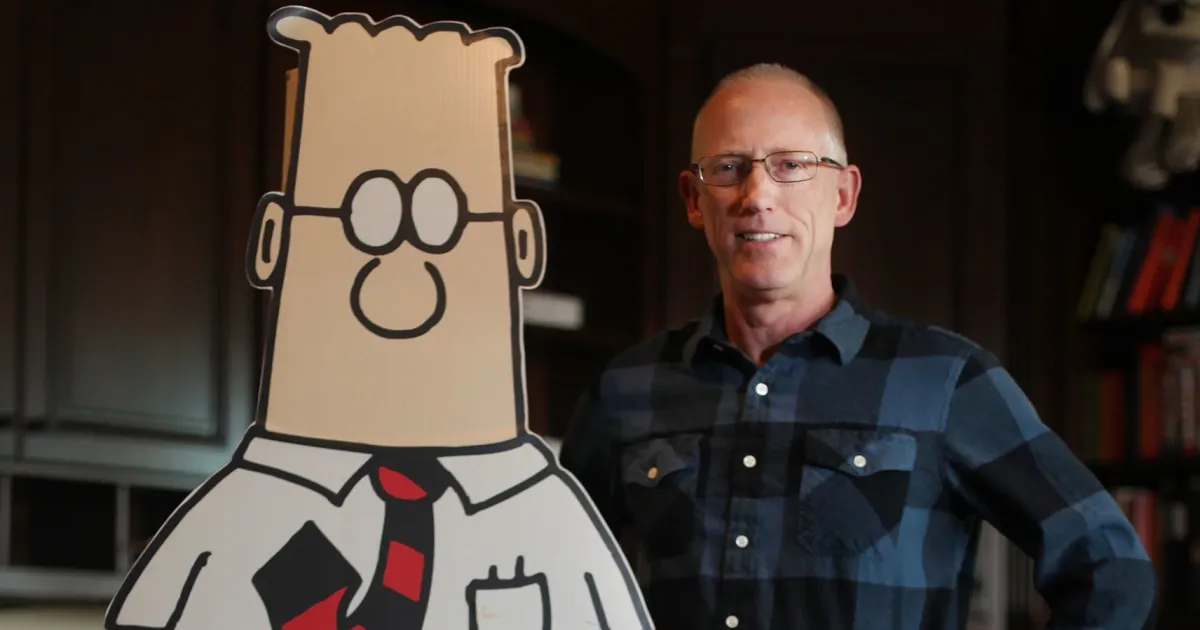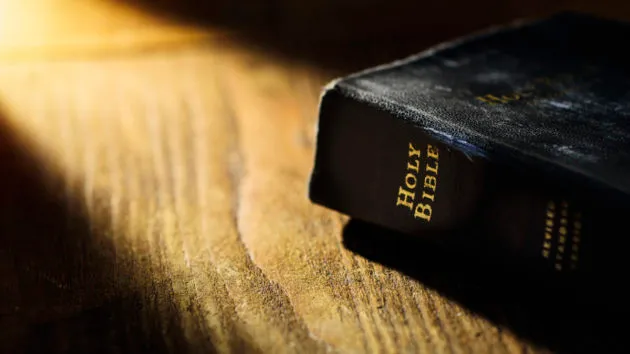Table of Contents
Michael Bassett
Political historian Michael Bassett CNZM is the author of 15 books, was a regular columnist for the Fairfax newspapers and a former minister in the 1984–1990 governments.
The term “The Principles of the Treaty of Waitangi” has had a chequered history. First catching the headlines in 1972 when Norman Kirk promised in Labour’s election manifesto to examine a practical means of legally acknowledging the principles set out in the Treaty, the legislation to fulfil that promise was rushed through parliament in the death throes of the third Labour government. The Minister of Māori Affairs, Matiu Rata, was sick for much of that government and preparation of the bill was never properly supervised. Having mentioned “the principles” of the Treaty, no effort was made to define them in The Treaty of Waitangi Act 1975. It established a Waitangi Tribunal to hear complaints from Māori about decisions that were being made that ran counter to “principles” that weren’t defined. It was a near fatal start to public understanding of what the Treaty meant in everyday life.
Nothing was done by either National or Labour governments that followed to correct the situation. In 1985 the Lange-led Labour government in which I served gave the Tribunal the power to examine historical grievances back to 1840, but it again failed to define the “principles” that were critical to the Tribunal’s new work. This failure became more serious when, in the 1986 legislation establishing state-owned enterprises, a clause was inserted into the bill stating that nothing in it would permit the Crown to act “in a manner inconsistent with the principles of the Treaty”. It still failed to define what those “principles” were.
This compounding governmental failure had mammoth consequences. It left far too many questions open to personal interpretation. Māori expected that the historical grievances they were now mounting before the Waitangi Tribunal might result in the return of some land. They were anxious to find out whether the government’s transfers of the Department of Lands and of forests to the SOEs would breach the Treaty’s “principles”. This led the Court of Appeal to try interpreting the as-yet undefined “principles”. Led by Justice Robin Cooke, it decreed that under the Treaty the government had the right to govern, but in return it should protect Māori rights to their lands and to other interests. Something “akin to a partnership” existed between the Crown and Māori and they should “act reasonably” and “in good faith” towards each other.
Almost immediately, this judgement encouraged a ragtag of bush lawyers to try their hands at defining further obligations of the Crown. I well recall a cabinet meeting in 1989 where ministers decided that the Crown should put a stop to interventions by the courts that weren’t elected to govern and declare what the much-mentioned “principles” really were. Better that than have different judges define them from time to time. I wasn’t a lawyer and the issue was left in the hands of the Prime Minister, Attorney-General and the Minister of Justice. The Lange government’s definition of the “principles” was duly issued, but yet again the government failed to legislate them into existence. Ever since then, ever-crazier so-called “principles of the Treaty” have been invented to justify whatever cause individual radical Māori want to promote. They have even taken to trying to re-write what the original document actually says, notwithstanding the fact that the government in 1990, the 150th anniversary of the signing of the original document, had endorsed the translation by Professor Sir Hugh Kāwharu, a noted authority on te reo, whose work didn’t disagree in substance with Māori great, Sir Āpirana Ngata’s earlier explanation of the Treaty. In 1990 both the Māori Queen and the Governor-General, Sir Paul Reeves, both Māori, and all the iwi gathered at Waitangi to celebrate the occasion, seemed prepared to accept the Kāwharu translation of the Treaty. But today, if you spend time on the web examining the Treaty, you’ll find claims that there are four or even five articles when officially there have never been more than three. A few claims even challenge Article One which ceded sovereignty to Queen Victoria.
It is this ever-growing confusion over the Treaty that David Seymour is belatedly trying to resolve with his promise of a Principles of the Treaty Bill. We haven’t seen the bill yet. I’m told its drafting hasn’t been finalised. But already there are shouts and roars from the usual suspects who enjoy fishing in troubled waters. Even National and New Zealand First are assuring us they won’t support a Bill they haven’t yet seen past its first reading. Yet they won’t tell us what is their solution to the current mess.
It seems foolish to me that mature people should want the current confusion over the “principles” of the Treaty to continue. For 50 years now, governments of all stripes have failed to correct the mess. Surely the right answer is not to give up on the idea of legislation defining the “principles” and leave it to the courts? If the Treaty is to have any meaningful significance in our lives going forward, we need now, more than ever, to know what it means, and what our obligations are going forward. Otherwise, New Zealand will continue to be plagued by every crazy idea from the lunatic fringe. And resolution will be left to the unelected courts that are answerable to no one.
This article was originally published by Bassett, Brash and Hide.









